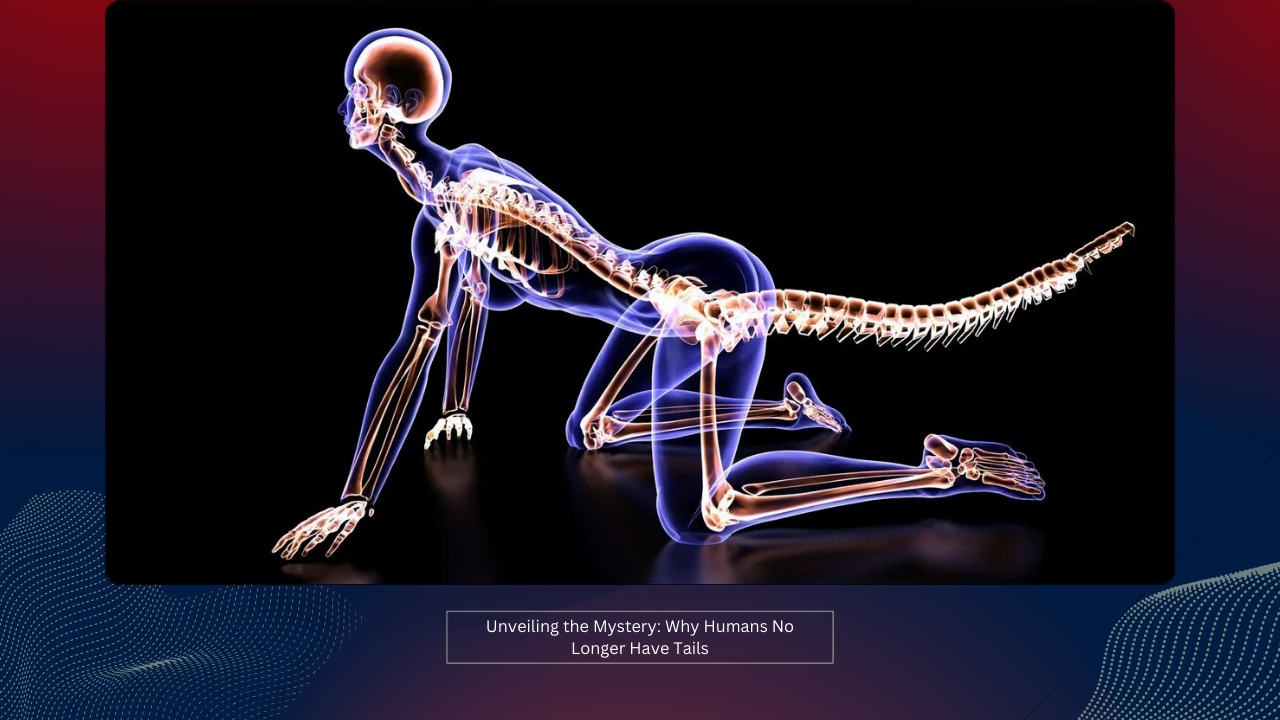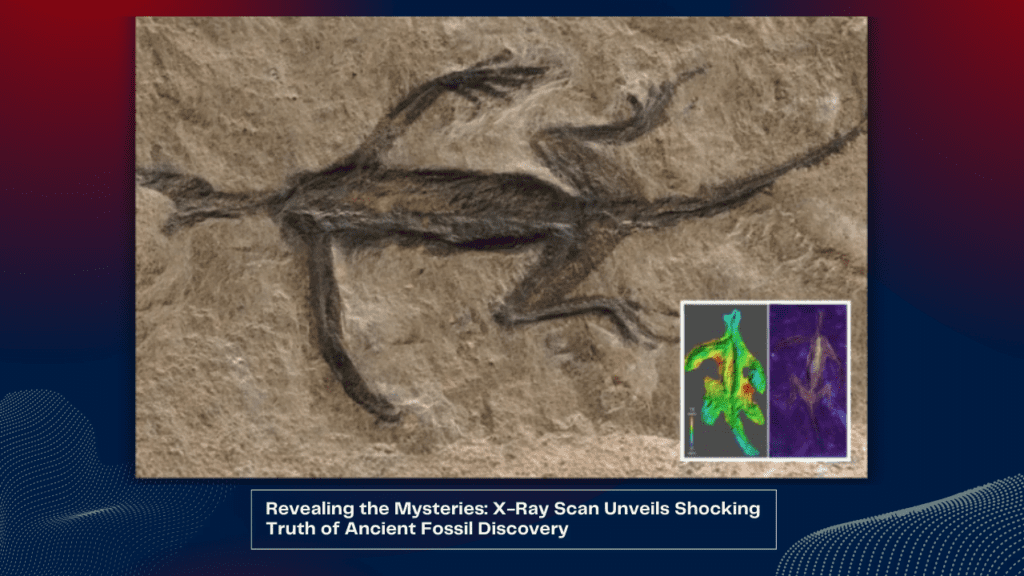
Unveiling the Mystery: Why Humans No Longer Have Tails
In a groundbreaking study published in Nature, scientists have unraveled the long-standing mystery surrounding the disappearance of tails in humans. This significant evolutionary transformation, dating back around 25 million years, has puzzled researchers for decades. However, a recent discovery sheds light on the genetic mutation responsible for this remarkable change.
Key Insights from the Study
The study, led by researchers at New York University and the Broad Institute, identified a unique DNA mutation within the TBXT gene linked to the loss of ancestral tails. This gene, known for its role in regulating tail length in tailed animals, underwent a crucial alteration that set our lineage apart from monkeys.
The Role of Alu Elements in Evolution
Central to the findings are Alu elements, repetitive DNA sequences unique to primates. These elements, inserted into the TBXT gene exclusively in great apes, trigger RNA splicing events that result in the removal of an entire exon. This mechanism, previously overlooked, led to the loss of tails in humans and apes.
Implications for Evolutionary Biology
The study’s implications extend beyond human evolution, offering insights into the broader mechanisms driving animal evolution. By elucidating the role of alternative splicing in trait changes, researchers aim to uncover new avenues for genomic analysis and deepen our understanding of evolutionary processes.
Conclusion: A Landmark Discovery
The discovery of the TBXT gene mutation represents a significant milestone in evolutionary biology. It not only answers longstanding questions about human evolution but also underscores the complex interplay between genetic mechanisms and morphological adaptations. As scientists continue to explore the mysteries of our evolutionary past, this study sets the stage for further discoveries in the field.

